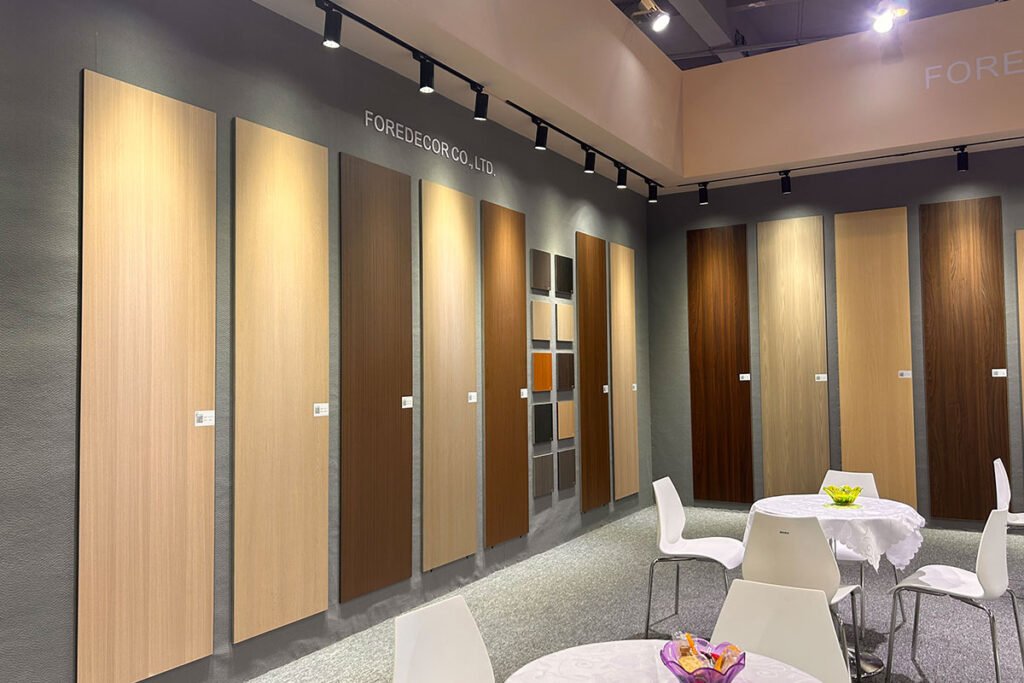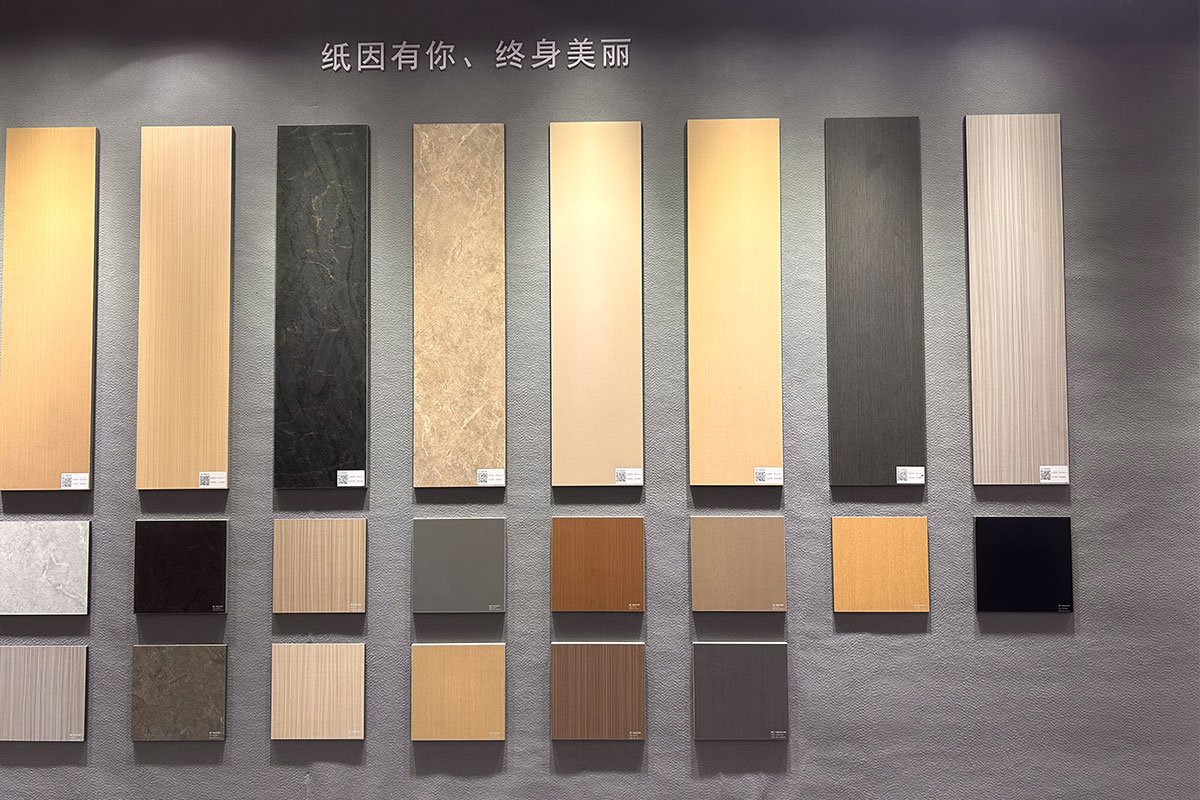Composite plywood is a versatile and innovative building material that has gained significant popularity in recent years. Known for its strength, durability, and cost-effectiveness, composite plywood is used in a wide range of applications, from construction to furniture making. This article will provide an in-depth overview of composite plywood, including its composition, benefits, and common uses.
What is Composite Plywood?
Composite plywood is a type of engineered wood product made by combining layers of wood veneers with a core of composite materials. Unlike traditional plywood, which is made entirely of wood veneers, composite plywood incorporates other materials such as plastic, resin, or fibers to enhance its properties. The layers are bonded together using high-pressure heat and adhesives, resulting in a strong and stable material.
Composition of Composite Plywood
The composition of composite plywood can vary depending on the manufacturer and intended use. Typically, it consists of the following components:
- Wood Veneers: Thin layers of wood, often made from hardwood or softwood, form the outer layers of composite plywood. These veneers provide a natural wood appearance and contribute to the material’s strength.
- Core Material: The core of composite plywood can be made from various materials, including:
- Medium-Density Fiberboard (MDF): A type of engineered wood made from wood fibers and resin, known for its smooth surface and uniformity.
- Particleboard: Made from wood particles and resin, particleboard is less dense than MDF but still provides good stability.
- Plastic or Resin: Some composite plywoods incorporate plastic or resin cores, offering enhanced moisture resistance and durability.
- Adhesives: High-quality adhesives are used to bond the layers together, ensuring a strong and durable product. The type of adhesive can impact the plywood’s resistance to moisture and heat.
Benefits of Composite Plywood
Composite plywood offers several advantages over traditional plywood and other building materials. Some of the key benefits include:
- Strength and Stability: The combination of wood veneers and composite core materials creates a strong and stable product that resists warping, cracking, and splitting.
- Durability: Composite plywood is highly durable and can withstand heavy use and exposure to various environmental conditions. It is often more resistant to moisture, pests, and rot compared to traditional plywood.
- Cost-Effectiveness: Despite its enhanced properties, composite plywood is generally more affordable than solid wood and some other engineered wood products, making it a cost-effective choice for many projects.
- Versatility: Composite plywood is available in a wide range of sizes, thicknesses, and finishes, making it suitable for various applications, from structural components to decorative elements.
- Eco-Friendly Options: Many manufacturers produce composite plywood using sustainable practices and recycled materials, making it an environmentally friendly choice.

Common Uses of Composite Plywood
Composite plywood is used in a variety of applications across different industries. Some of the most common uses include:
- Construction: In construction, composite plywood is used for subflooring, wall and roof sheathing, and structural components. Its strength and durability make it ideal for these applications.
- Furniture Making: Composite plywood is popular in furniture making due to its stability and ease of finishing. It is used for cabinets, tables, shelves, and other furniture items.
- Interior Design: Decorative composite plywood panels are used for wall cladding, ceiling panels, and partition walls, adding aesthetic appeal to interior spaces.
- Packaging: Composite plywood is used to create strong and durable packaging materials, such as crates and pallets, for shipping and storage.
- Marine Applications: Certain types of composite plywood, known as marine-grade plywood, are designed to withstand moisture and are used in boat building and other marine applications.
Conclusion
Composite plywood is a versatile, durable, and cost-effective building material that offers numerous benefits over traditional plywood. Its strength, stability, and resistance to environmental factors make it an excellent choice for a wide range of applications, from construction to furniture making. As sustainable practices and innovative manufacturing techniques continue to evolve, composite plywood will likely play an increasingly important role in the future of building and design.
For more information on composite plywood and to explore a wide range of high-quality products, contact Tacon Wood Industry at taconsales86@gmail.com. Our experts are here to help you find the perfect composite plywood for your next project!




